Magnet used in new energy vehicles
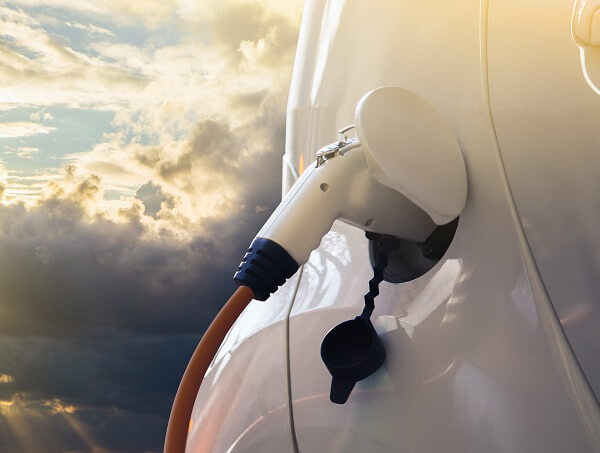
At present, major countries in the world have formulated technical routes to reduce automobile fuel consumption. The relevant policies of China and the European Union have confirmed that the fuel consumption target in 2025 will be further reduced by 15%-20%.
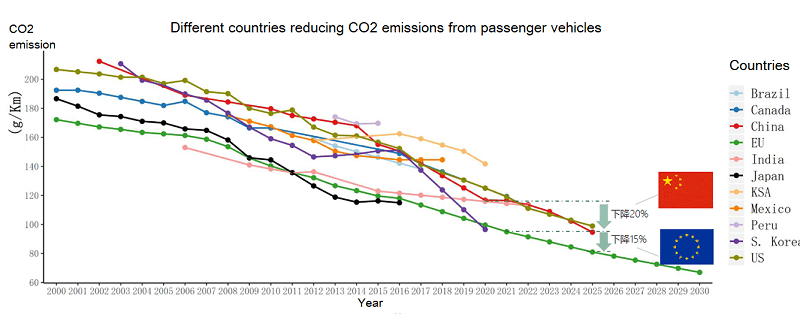
According to the data, with the support of the government, China has been the biggest new energy vehicles market. In 2018, China’s new energy passenger vehicle market continued to maintain a high growth rate of 92%, net increase of 550,000 vehicles.
What’s more, New Energy Official Vehicles Plan has made it clear that government offices and the public institution will also purchase new energy vehicles as official vehicles.
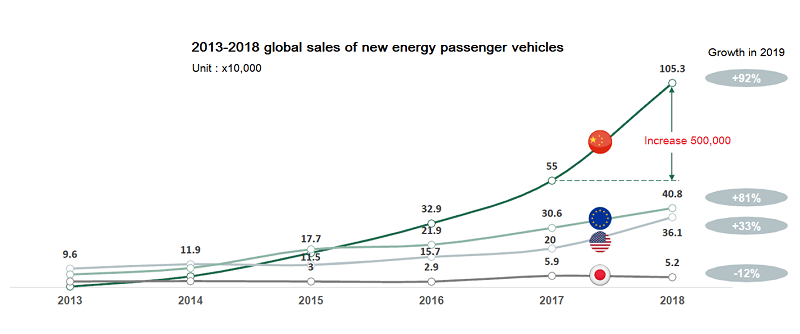
Main electric drive suppliers
- Associated enterprises of automobile : BYD, Hasco, HYCET E-drive ,NIO……
- Local head enterprises: Shanghai Edrive , Jing-Jin Electric(JJE) ……
- Foreign-funded head enterprise: NIDEC, Borgwarner , UAES , ZF ,Valeo Siemens eAutomotive……
- New entrants: HUAWEI, Shuanglin ……
Magnets in Electric Car Motors
Magnets are a primary component in electric motors. A motor operates when a coil of wire, encircled by strong magnets, spins.
By 2030, the growth in electric vehicles will result in an increased demand for magnetic systems. As EV technology develops, existing magnet applications may move away from rare earth magnets to other systems such as switch reluctance or ferrite magnetic systems. However, it is anticipated that neodymium magnets will continue to play a fundamental role in the design of the Hybrid engines and electric motor compartment.
Owing to a strong rise of new energy vehicles sales volume, it is a huge potential market for neo magnets.
There are two key components in an electric vehicle that feature rare earth magnets; motors and sensors. In this review, the focus is on motors.
The average hybrid or electric vehicle uses between 2 and 5 kg of Rare Earth magnets, depending on the design. Rare earth magnets feature in:
- Heating, ventilation and air conditioning (HVAC) systems;
- Electric power steering motor (EPS motor), transmission and brakes;
- Hybrid engine or electric motor compartment;
- Sensors such as for security, seats, cameras, etc;
- Door and windows;
- Entertainment system (speakers, radio, etc);
- Electric vehicle batteries
- Fuel and exhaust systems for Hybrids;
Magnet Selection
When designing and selecting a magnet for such motor applications there are a number of key design criteria to consider including:
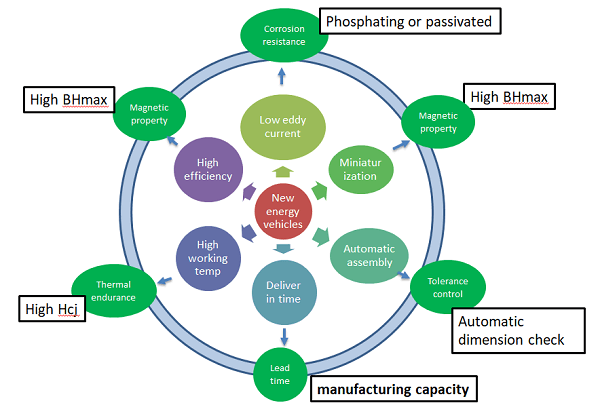
For automotive applications, the motor needs to be energy dense and cost efficient, keeping the overall space envelope as small as possible. This means that the most suitable magnet must be as small and also as powerful as possible.
There are four main types of magnets:
Some magnet design samples
Here are some magnets designs in NEV motors.See below photos.
Magnet technology continues to improve to meet the new demands of electric vehicles. Presently, the optimum magnet used in motors for hybrid vehicles and electric vehicles (in terms of strength and size) is Rare Earth Neodymium. Added grain-boundary diffused Dysprosium generates a higher energy density, resulting in smaller and more efficient systems.This process also helps to decrease the cost.
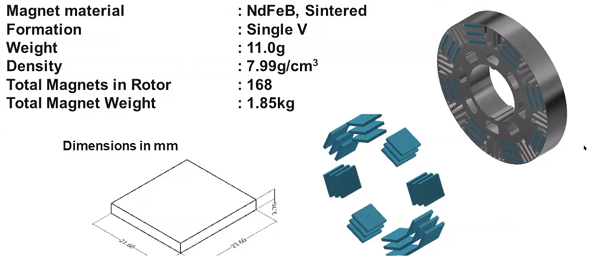
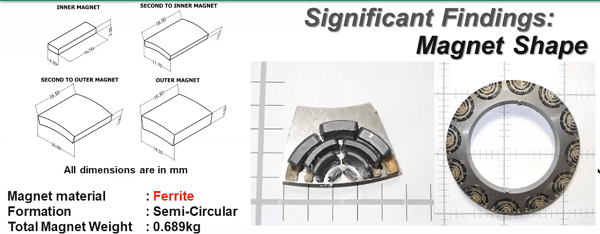
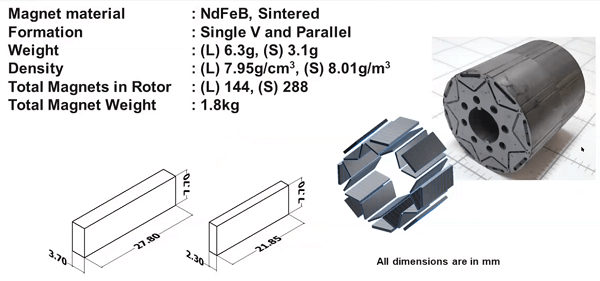
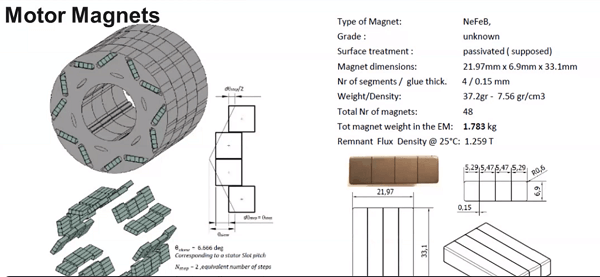
NBAEM, is the professional magnetic materials supplier from China. We have exported bespoke magnetic materials for more than ten years. We provide quality products and high-standard service. If you are looking for any magnetic materials sourcing or if you have any questions during importing the magnetic products from China, you can contact us directly.


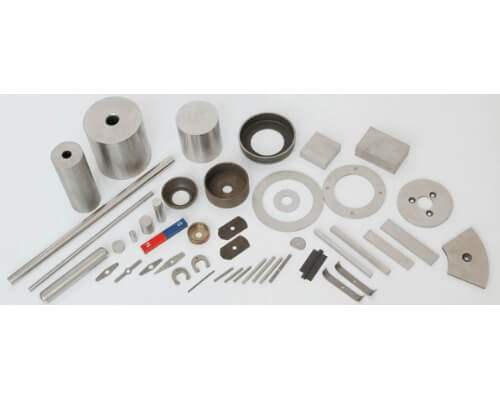

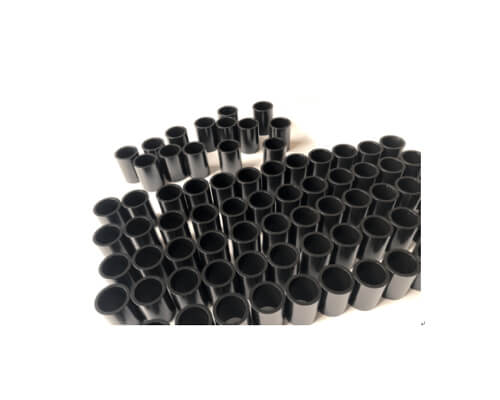


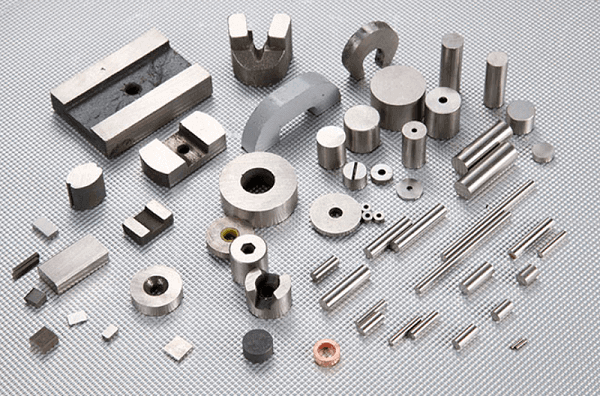

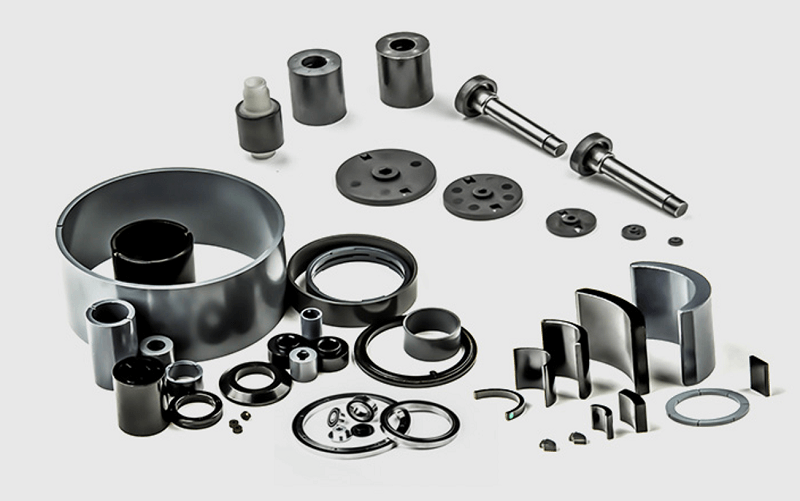


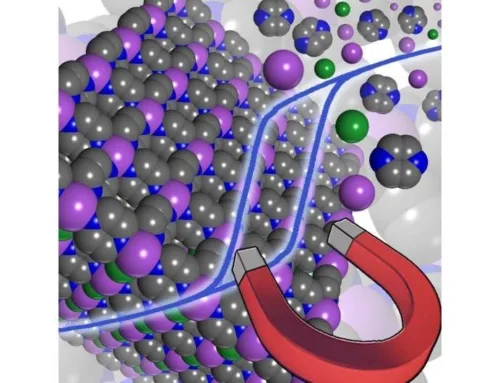
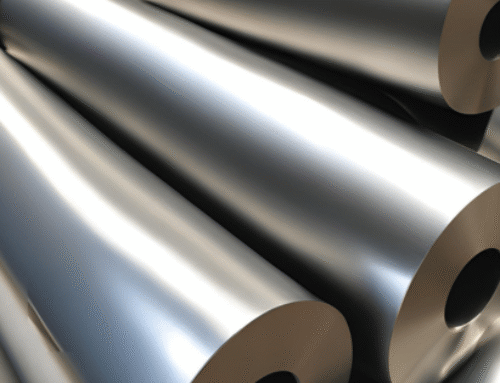
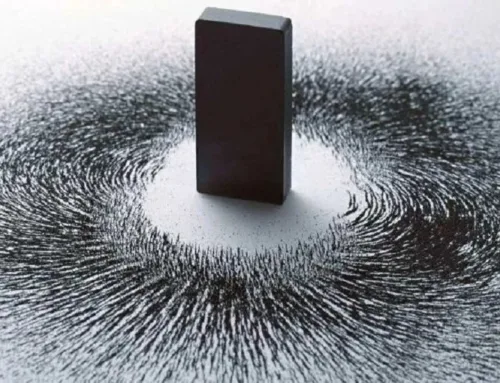
Leave A Comment